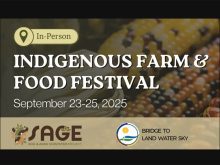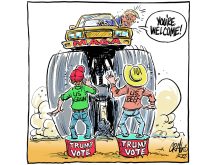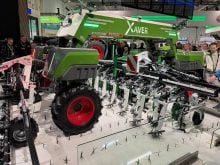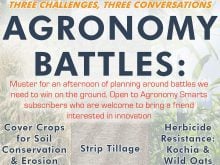Rodeo is part of the identity of the West: cowboys, horses, cattle and excitement.
It’s where the livestock side of agriculture gets dressed up and shows off for the rest of society.
Rodeos big and small, from the historic stampede in tiny Wood Mountain, Sask., to Calgary’s world famous exhibition, celebrate man and animal teaming up to display skill and athleticism rooted in a way of life going back to the early development of the West.
They are rough and tumble affairs and human contestants and livestock are sometimes injured.
Read Also
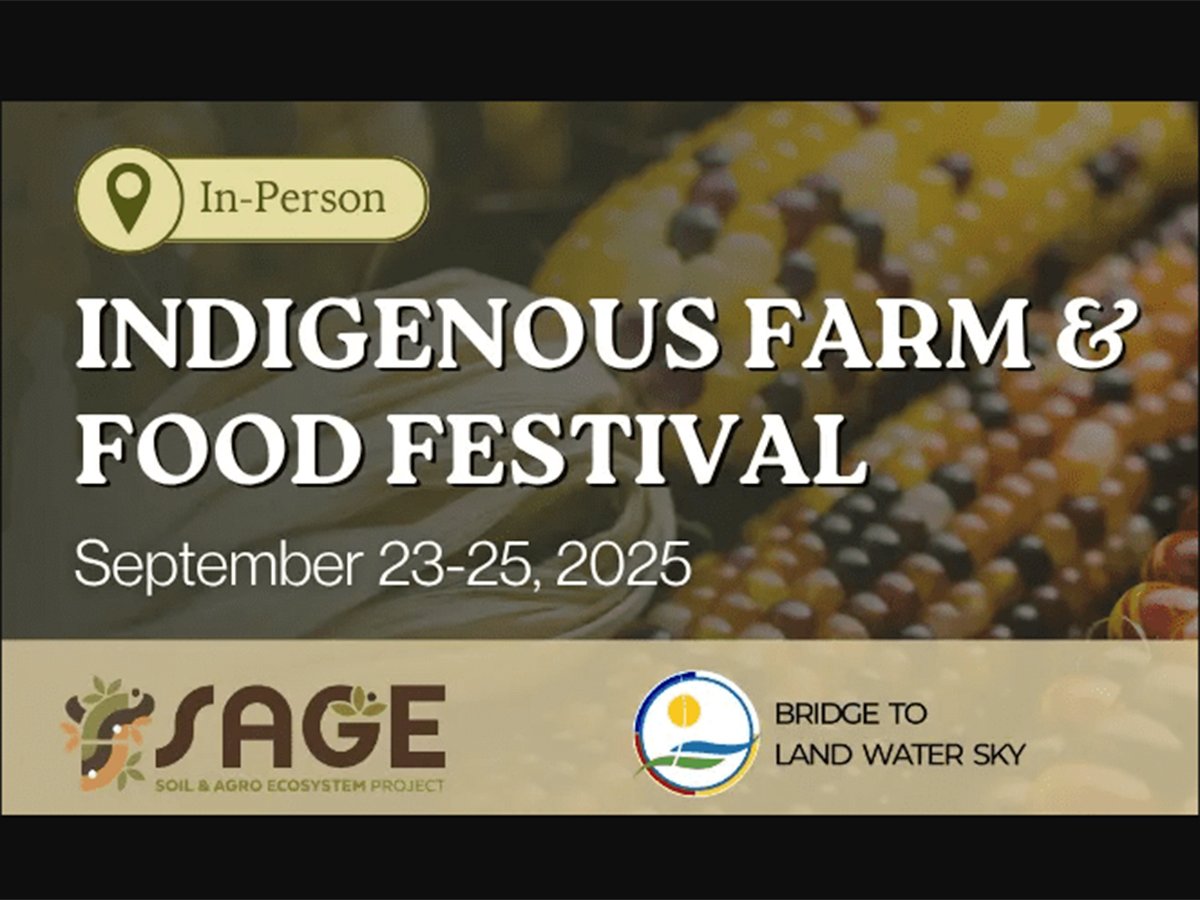
Finding the sweet spot where ag science meets ag culture
Soon, many will look at practices such as seeding marginal acres to forage, growing cover crops and livestock integration and ask why they didn’t do this sooner.
And that is where rodeos clash with the sensibilities of some people.
Rodeo critics capture newspaper headlines each year during high profile events such as the Calgary Stampede and the Cloverdale Rodeo in B.C.
There is a range of opposition from those who want to stop certain practices such as calf roping to more radical groups who want to ban rodeo, calling it an abusive spectacle that has no place in civilized society.
They sometimes put rodeo in the same category as dog and cock fighting.
This is an unsupportable stretch. In rodeo there is no intention to harm animals. Indeed, its rules and regulations are designed to prevent injury and maintain animal welfare. Judges and veterinarians are on hand to enforce the rules.
The Professional Rodeo Cowboys Association says annual welfare surveys by independent rodeo veterinarians at PRCA sanctioned events consistently show low levels of animal injury.
In 2009, at 194 performances where more than 75,000 animals were in the ring there were 28 injuries, a number similar to previous years.
The standard of feeding and care of rodeo stock is high, in keeping with the value placed on these animals.
However, animal injuries and deaths occur, as they did this year when six horses died at the Calgary Stampede.
In 1986, 12 horses were killed or euthanized because of injuries at the Stampede and changes were made to the chuck wagon races to make collisions less likely.
It is not surprising that from time to time changes are needed, as they are in the Olympics, where increases in skill, strength and speed can tip what had been a sport with a prudent level of safety into an unsafe practice. Rules and equipment must be regularly assessed to match the changing attributes of the contestants.
More difficult to accommodate are criticisms that the distance between rodeo practice and ranch practice is getting too wide.
Rodeo is celebrated as a showcase for cowboy skills. But cowboys home on the ranch are adopting the low-stress handling techniques of researchers such as Temple Grandin.
This was one argument used to pressure the Cloverdale rodeo into dropping calf roping events.
But the rodeo grounds are not the same as the pasture. Rodeo is entertainment and stress is a part of the package.
That is why the stock used in rodeo come from specialized suppliers that breed animals especially for the sport.
Rodeo animals that buck do so not because they are stressed, but because they come from bloodlines selected for a natural tendency to buck.
Still, those rodeos that cater to a largely urban audience will tailor events to maintain public support and keep the crowds coming.
To keep roping events as part of the lineup, they might want to consider adopting a version of the increasingly popular ranch roping contests, where cowboys use low stress, ranch environment roping skills to lasso cattle in an untimed event.
On the surface, it might not be as exciting as traditional calf roping, but it would show off real cowboy skills.
Bruce Dyck, Terry Fries, Barb Glen and D’Arce McMillan collaborate in the writing of Western Producer editorials.


